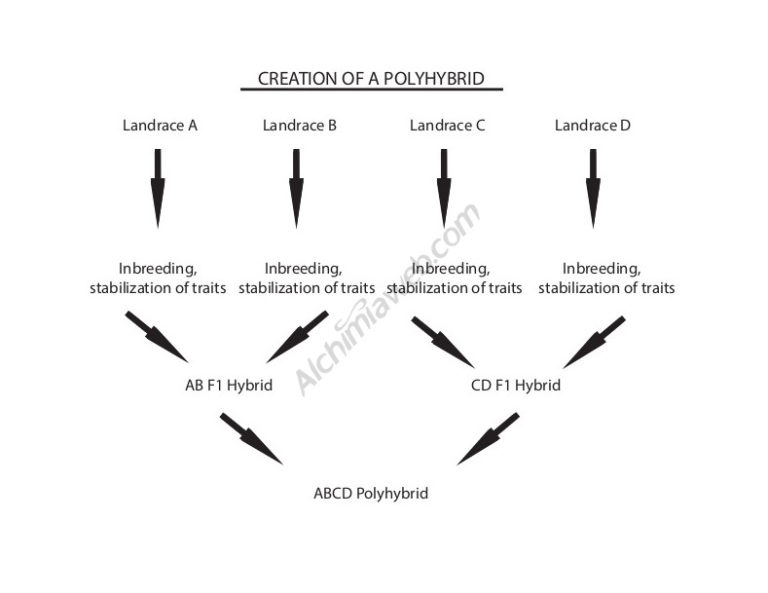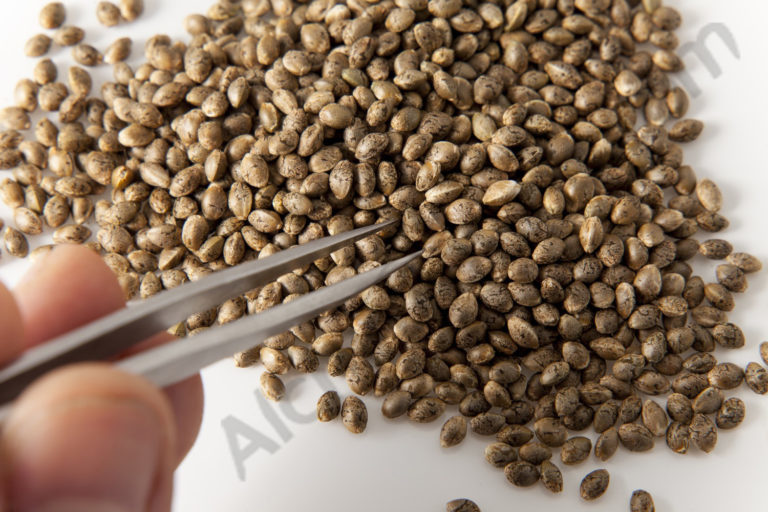Is CRISPR gene editing the future of cannabis?
List of contents
Although propagation by cuttings or clones is an old and effective practice for generating crops, it is not the standard within the agricultural industry. Instead, farmers use stable seeds that grow predictably and uniformly. Many growers are interested in developing similar seeds for hemp and medical cannabis; however, the process may require the use of a technology known as CRISPR/Cas9.
For those unfamiliar, CRISPR is a gene-editing tool that allows DNA to be altered, controlling which attributes the organism expresses. In any case, regardless of the organism edited, having the ability to make DNA consistent across multiple organisms or seeds allows for genetic uniformity without cloning.
In short, instead of having to remove a selection from a host and then create a new cannabis plant from that, CRISPR technology allows for uniform plants. The advantage here comes from the fact that the genetics of traditional cannabis cuttings vary throughout the life cycle of the mother plant. As the mother plant ages, the cuttings it produces will not be uniform. Those taken at the beginning of their life cycle will be markedly different from those taken at the end.
Additionally, growers dedicate around 20% of their available cannabis grow space to producing clones. Of these cuttings, the variation between them can be dramatic. For hemp growers, for example, where THC content limits are far from lenient, variations in tetrahydrocannabinol between cuttings can ruin your entire harvest. So, to save space, achieve consistent yields, and stay within legal limits, CRISPR technology could be the way of the future for the cannabis industry.
What is the CRISPR/Cas9 gene editing technique?
The CRISPR technique (Clustered Regularly Interspaced Short Palindromic Repeats) was developed in 2012 by the French researcher Emmanuelle Charpentier and the American Jennifer A. Doudna. CRISPR has brought about such a revolution in the world of genetic engineering and could have such an impact in the scientific and social fields that both were awarded the Nobel Prize in Chemistry in 2020.

CRISPR is a very precise genetic editing technique that is capable of cutting the DNA sequences that form genes. In this way, the genes that determine traits of the cannabis plant (such as leaf colour, the synthesis of THC or CBD, etc.) can be modified or completely eliminated. The result: a cannabis plant custom designed with extreme precision.
Despite appearances, this efficient mechanism was not born in a laboratory. CRISPR is a bacterial defence mechanism that is capable of recognising viral DNA sequences and cutting them to destroy the infectious agent. What this pair of scientists developed is, therefore, like molecular scissors that can be used on any bacterial, animal or plant cell.
This technique represents a gigantic leap in gene editing and in the agri-food industry, a sector where transgenics have been in ascendence for a couple of decades and one which is always on the hunt for the most efficient varieties. However, plants modified with this technique are not transgenic plants. This is because CRISPR does not incorporate foreign DNA, but the genetic material is edited without the need to add genes from other species or organisms.
How does CRISPR/Cas9 work?
These molecular scissors, as incredible as they may seem, act in a simple and effective way that allows genes to be modified with great precision. The steps are the following:
- Select the gene you want to modify: genes are made up of DNA strands that contain their genetic information and determine their functions.
- Develop an RNA sequence complementary to the DNA of this gene: this RNA chain is what makes up the CRISPR molecule, and it will be able to bind complementary to the DNA of the gene, like two zippers that fit perfectly.
- Slice selected gene sequence: CRISPR has Cas9 scissors on its back. This molecule is capable of cutting the DNA sequence that CRISPR has selected by complementarity. While CRISPR serves as a guide to point to the place in the DNA chain, Cas9 precisely cuts the selected sequence.
- Introduce the desired DNA: once the gene or a part of it has been cut, the DNA can be introduced to fulfil the mission for which it has been synthetically designed. The target gene can also simply be deleted to silence its function.
All in all, it is an exact technique that can introduce many changes to the cannabis plant at breakneck speed. But… what will CRISPR mean for the cannabis industry?
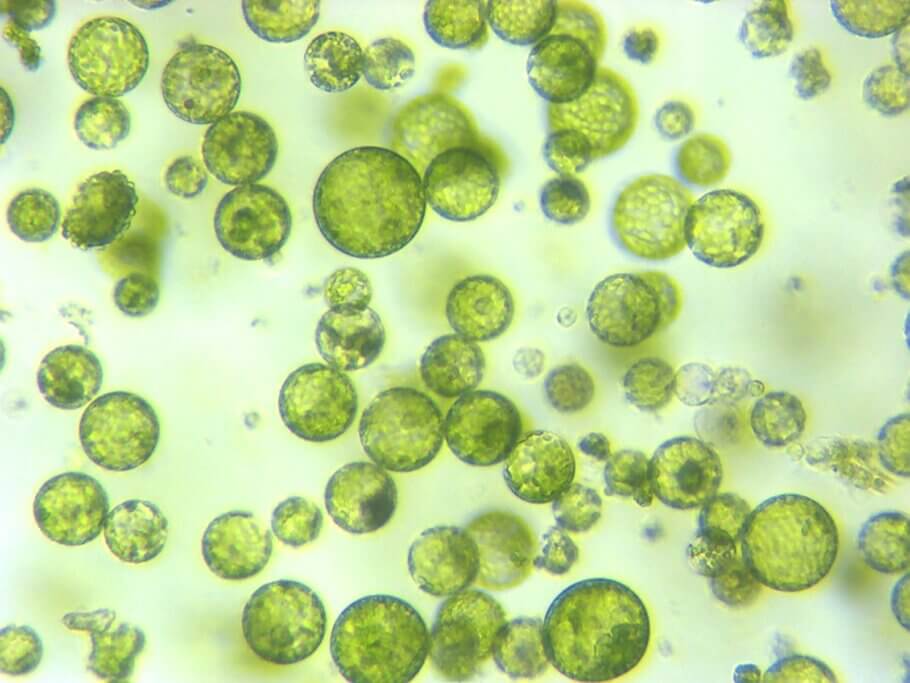
Genetic improvements to cannabis with CRISPR/Cas9
This genetic modification technique can generate many benefits in the cannabis sector. Among them, the uniformity of the harvests and a higher yield, but these are just some of the applications of this innovative technique:
- Greater control over the THC/CBD ratio in hemp crops where too high a concentration of THC due to genetic variations can lead to large losses due to legal restrictions that regulate the levels of this psychoactive cannabinoid.
- Increasing the production of THC in plants, either by increasing the production of this cannabinoid in the plant's trichomes, or causing them to produce it in other parts of the plant as well, generating massive production.
- Increased production of rare or minority cannabinoids that have great pharmaceutical potential.
- More biomass production.
- Higher resistance to diseases and environmental factors.
- Increase in trichomes.
- Modifications in the terpene profile.
With all these possibilities on the horizon, it is hardly surprising that the giants of the cannabis industry are already digging deep into their pockets to get ahead in the race to obtain new genetically modified varieties. Below, we present some of them and what they are currently working on.
Cannabis companies that are already using CRISPR/Cas9 to obtain new varieties
Ebbu is a small American company based in Colorado. This company had dedicated its resources to developing one of the first CRISPR/Cas9 techniques to specifically edit the cannabis plant. The invention drew so much attention in the industry that in 2018 the Canadian giant Canopy Growth spent more than 300 million euros to buy the company, seizing its research and future profits.
So far, Ebbu has patented several methods for the synthesis of cannabinoids. It uses the CRISPR technique to eliminate enzymes that are part of the THC production of these plants, making them produce only CBD, the non-psychoactive cannabinoid of cannabis. With this technique, they have also managed to produce CBG-rich varieties, a cannabinoid with great therapeutic potential. Although there are already varieties on the market with a high content of CBD and CBG, the process carried out with CRISPR is much faster and more effective than the traditional method of selection and 'breeding' that currently prevails in the cannabis industry.
Using genome editing capabilities could develop plants that display improved agronomic traits, which would make cannabis cultivation more affordable and sustainable.
A high-yielding CBG cannabis grow is an example of something that can address bottlenecks in the cannabis industry. Specific cannabinoids are difficult to obtain, as they are not always available in large quantities. Through gene editing, encouraging higher yields of these compounds can fix the problem.
In Ebbu they explain this process by comparing it to traffic. By closing off certain travel routes, the cannabis plant would divert the compounds elsewhere, resulting in the creation of different substances. For example, by reducing the production of compounds needed to create THC or CBD, other cannabinoids will become more prominent in the plant due to the availability of new materials for their formation.
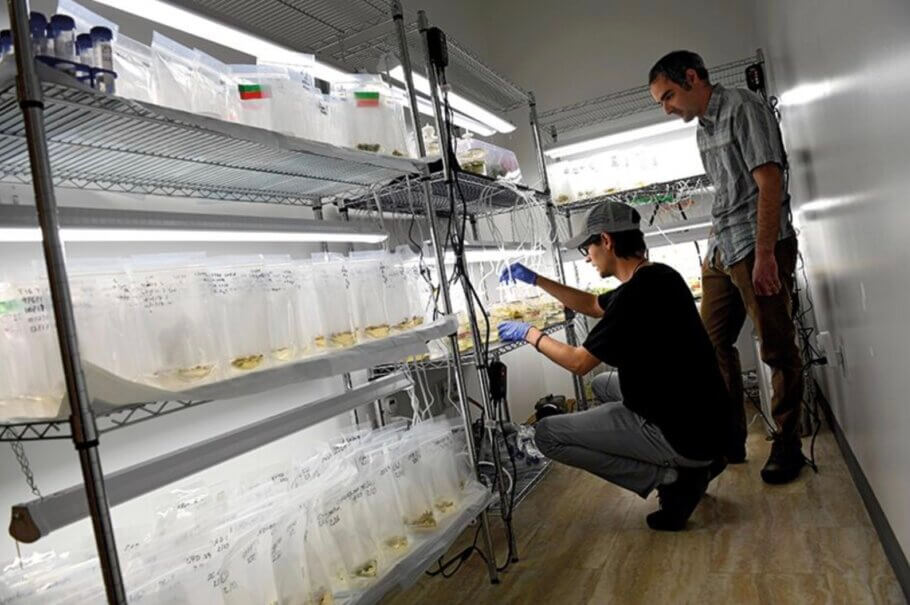
CanBreed is another company that has jumped on the CRISPR gene editing bullet train. With this technology, it has managed to develop first-generation hybrid seeds (F1) with high genetic stability. This is because, thanks to this technique, the offspring inherit the desired traits the first time. All unwanted genes, such as THC production, have been eliminated, and unprecedented genetic uniformity has been achieved.
With traditional breeding and selection techniques, several generations are often necessary to ensure high levels of stability and uniformity. Even so, and despite the high quality standards offered by the most reputable seed banks on the market, there are many growers who prefer to ensure that their crops will always be uniform by using cuttings. With CRISPR-edited strains, growers would no longer have to preserve a certain phenotype through a parent plant, since their cannabis plants are all the same and no one is better than another; they are all equally efficient, a grower's dream.
At the moment, CanBreed already has THC-free hemp seeds and greater resistance to fungi, a revolution in the market that has led them to expand from their native Israel to San Diego, California. It seems that the gene editing business is quickly paying off for those who dare to invest in its development, but... is this the future of cannabis?
The future of genetically modified cannabis
It is necessary to keep in mind that CRISPR technology has only been commercially available since 2012, so it will take a while for all its implementations to reach the market. However, the potential for innovation and stabilisation of cannabis genetics through this technology is exciting.
Without standardisation and regulation, the cannabis industry cannot be serious. Therefore, the legislation has to understand more and more the risks and the needs of a booming sector. Tracking and tracing from seed to sale is an important innovation. However, that same technology combined with stable seeds or CRISPR cannabis could be a game changer. Instead of representing an evil corporate option, this technology could be what makes cannabis a consistent, affordable and powerful pharmaceutical alternative.
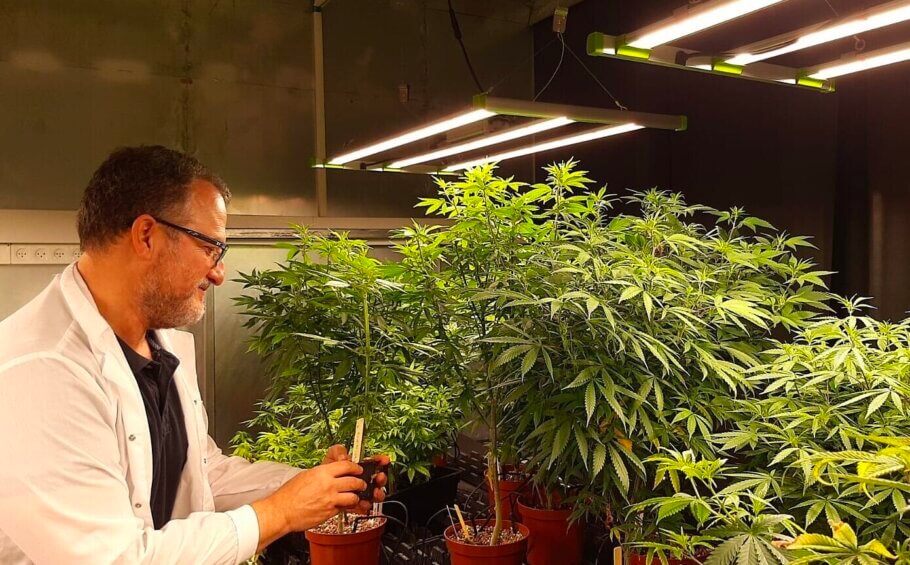
But, despite the benefits that this innovative technique can generate, it is not all good news for companies that decide to bet on it. British writer and philosopher Aldous Huxley already raised this question almost a century before CRISPR scissors came out of bacteria to revolutionize the cannabis market: Is a genetically perfect world a happy world?
There are still many cannabis growers who do not look kindly upon genetically modified crops and who prefer to consume organic weed, traditionally cultivated. On the other hand, while the pharmaceutical industry has no problem with genetic modification in order to quickly create tailored varieties that meet different needs, here the problem is different.
Some experts say that cannabinoids alone will not have the same therapeutic effect as the medical cannabis used today. This can occur due to the synergistic interaction between these cannabinoids and the hundreds of compounds in the plant. This interaction is called the 'entourage effect' and argues that various components of the plant (cannabinoids, terpenes, flavonoids...) act synergistically to enhance each other's properties, making their effects greater than those of the same isolated component. This interaction still needs to be thoroughly investigated, as it may undermine the production of varieties modified for this purpose.
Stable seeds, CRISPR-grown cannabis, or lab-grown cannabis compounds using a bioreactor are likely to be the way forward for pharmaceutical cannabis. But do you think this is the future of the cannabis industry? Is this the beginning of a "brave new weed"?

































































